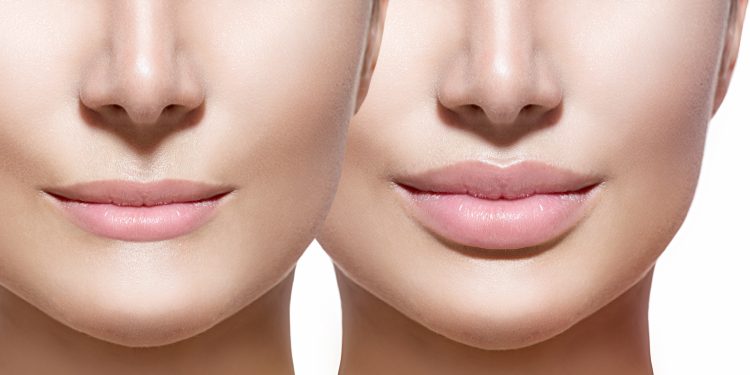Lip fillers, also known as lip augmentation or dermal fillers, have gained popularity as a cosmetic procedure to enhance lip volume and shape. While many individuals opt for this non-surgical treatment to achieve fuller lips, the question of safety is paramount. Understanding the safety aspects of lip fillers is crucial for those considering the procedure.
The Procedure:
Lip filler injections typically involve the use of hyaluronic acid, a naturally occurring substance in the body that contributes to skin elasticity and hydration. During the procedure, a qualified practitioner injects the filler into specific areas of the lips to create the desired volume and contour.
Safety Considerations:
1. Qualified Practitioners:
Ensure the procedure is performed by a qualified and experienced medical professional. This may be a cosmetic surgeon, dermatologist, or trained practitioner. Research their credentials and verify their reputation.
2. Quality of Fillers:
Choose a reputable clinic that uses high-quality, approved fillers. Cheaper alternatives or unregulated products may pose higher risks of complications.
3. Allergic Reactions:
Hyaluronic acid-based fillers are generally well-tolerated, but there is a risk of allergic reactions. Discuss any known allergies or sensitivities with the practitioner before the procedure.
4. Infection Risk:
As with any injection, there is a minimal risk of infection. Practitioners should follow strict hygiene protocols, including proper sterilization of equipment.
5. Bruising and Swelling:
Mild bruising and swelling are common after lip filler injections. These are usually temporary and subside within a few days. Cold compresses can help alleviate these symptoms.
6. Asymmetry or Lumps:
In some cases, uneven results or lumps may occur. Choosing a skilled practitioner reduces the likelihood of such issues, as they understand facial anatomy and can administer the filler with precision.
7. Long-Term Effects:
Hyaluronic acid fillers are not permanent, and the effects typically last several months. If dissatisfied or experiencing issues, the procedure can be reversed or adjusted.
8. Pain Management:
Discomfort during the procedure is normal, but practitioners often use local anaesthesia or numbing creams to minimize pain.
Aftercare:
After the lip filler procedure, following the practitioner’s instructions for aftercare is crucial. This may include avoiding strenuous exercise, refraining from touching or pressing on the treated area, and using recommended skincare products.
Conclusion:
When administered by a qualified professional using high-quality products, lip fillers are generally considered safe. However, like any cosmetic procedure, there are inherent risks, and individual experiences may vary. Prioritize thorough research, open communication with your practitioner, and a commitment to aftercare for a safer and more satisfactory lip filler experience.


 Home
Home










